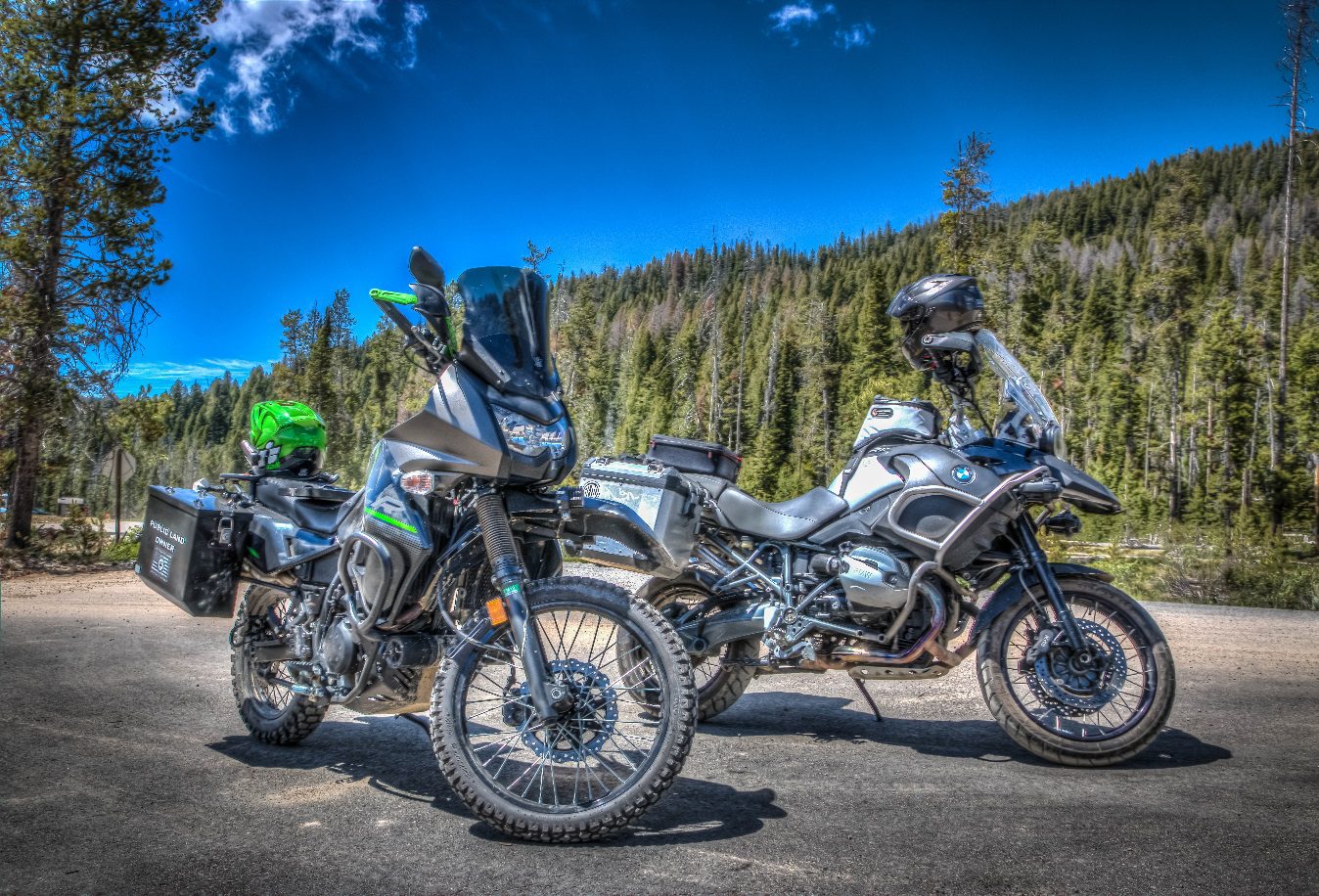
Motorcycle Safety is a Two-way Street

Drivers: Do You Ever Think About Motorcycles?
The vast majority of vehicles on the road are not motorcycles. They’re cars and vans and trucks. It’s quite possible that as a driver you rarely think about motorcycles.
This is a problem.
“When motorcycles and other vehicles collide, it is usually the other (non-motorcycle) driver who violates the motorcyclist’s right of way,” according to an issue statement from NHTSA. “There is a continuing need to help other motorists ‘think’ motorcycles and to educate motorcyclists to be aware of this problem.”
Why do drivers often violate motorcyclists’ right of way?
- Motorcycles are relatively small and drivers don’t see them
- Drivers don’t anticipate motorcycles’ movements
- The driver’s view of the motorcyclist is obstructed, often by the vehicle’s blind spots or other vehicles
- The driver is distracted
Driver education programs should emphasize these issues – especially in programs for mature drivers who may have diminished abilities.
Skill and Gear Can Protect You
A helmet is the most important equipment a biker can use. In 2017, 1,908 motorcyclists who died were not wearing a helmet. Helmets are estimated to be 37% effective in preventing fatal injuries.
- A full-coverage helmet offers the most protection
- Look for the DOT sticker, which guarantees the helmet meets safety standards required by law
- Never buy a used helmet; helmets are useless after they’ve been worn in a crash
- Here is a fact sheet on motorcycle helmet use from NHTSA
Not every state has a helmet law, but even if yours doesn’t, wear one anyway. A motorcycle crash is a “violent event.” More than 80% of all reported motorcycle crashes result in injury or death, according to NHTSA. In addition to wearing a helmet:
- Choose a bike that fits you; “supersport bikes” have driver death rates about four times that of cruisers or standard bikes, according to the Insurance Institute for Highway Safety
- Invest in antilock brakes
- New riders should take a motorcycle safety course, and experienced riders should take refresher courses after being off their bikes for a while
- Know the rules of the road
- Be aware that riding with a passenger requires considerably more skill
- Never drink and ride
- Drive defensively, especially at intersections, where half of all collisions occur
- Watch for hazards like potholes, manhole covers, oil slicks, puddles, debris, railroad tracks and gravel
- Assume you are invisible to other motorists and position yourself to be seen
- Use headlights day and night
- Be courteous; don’t weave in and out of lanes, or ride on the shoulder or between lanes
- Don’t speed
- Wear bright and/or reflective clothing that is durable and boots that cover the ankles
- Wear goggles, glasses or use a face shield that is ventilated to prevent fogging, and make sure it’s clear if riding at night
Always wear your safety gear and be safe out there!
Source: National Safety Council
Categories: Blog
